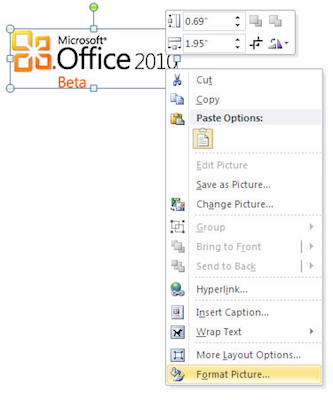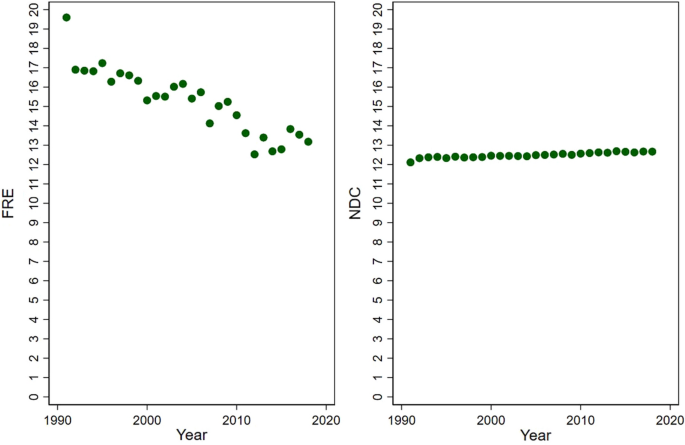

A document will be graded as either ‘Creative’, ‘Digressing’, ‘Consistent’, ‘Coherent’ or ‘Fluent’.Īn option is provided for a detailed report which allows authors to view the readability score of each sentence in their document. This measure is for documents about a specific subject, fictional writing will often score low for cohesion. It highlights the sentence which should be the most representative of your document and shows the words which are the strongest themes. The ‘Cohesion Report’ uses techniques for automatic summarisation to measure how easy your document is to follow. This report analyses how many concepts and ideas are referred too in your text and rates your document as either ‘General’, ‘Introductory’, ‘Scholarly’, ‘Technical’ or ‘Specialised’. This can lead to learners become fatigued and confused. An expert in a particular subject will often use specific terms and jargon resulting in too much information being presented to the reader within a short space. The ‘Brain Overload Report’ measures the information density in the text. The ‘SimpleText SmartTags’ provide suitable alternatives for these phrases which can be inserted automatically into the text. The extension also uses SmartTags to highlight difficult words and phrases in your text, as identified by. The report will grade your document as either ‘Simple’, Easy’, ‘Good’, ‘Challenging’ or ‘Difficult’.


Other readability measures, including those used in Microsoft Word, use word length to rate difficulty which ranks words such as ‘information’ and ‘business’ as difficult even though they are in common use. The scores use a variety of computational linguistic techniques to determine the reading level of the text, such as how frequently each word occurs in everyday language. These scores provide the author with an indication of how well their intended audience will understand their text. The readability report scores your document for readability, cohesion and information density.


 0 kommentar(er)
0 kommentar(er)
